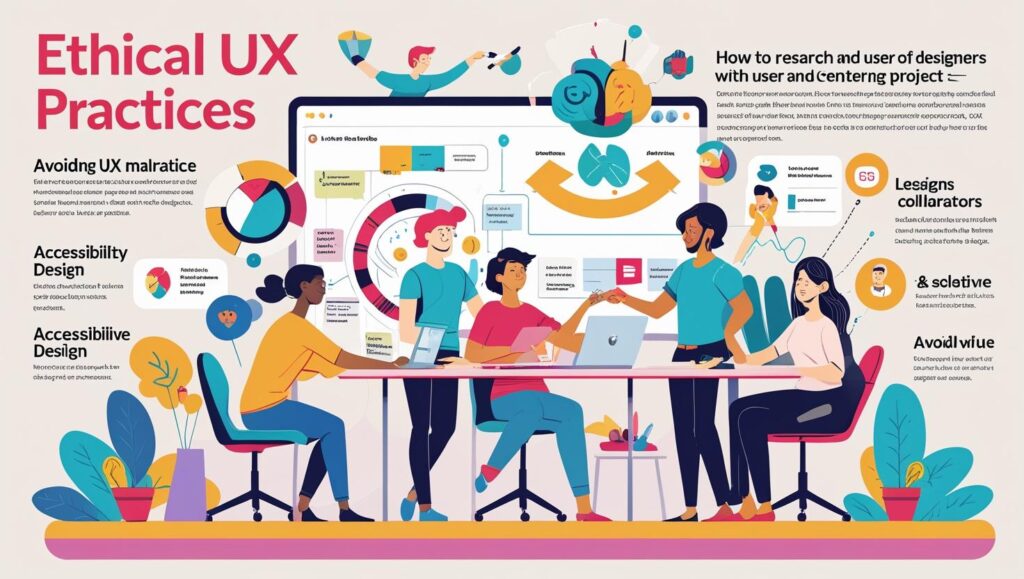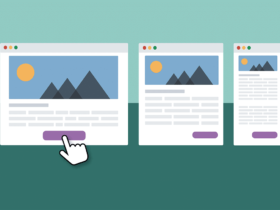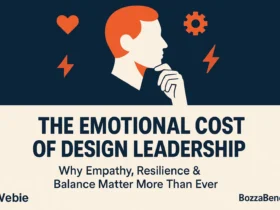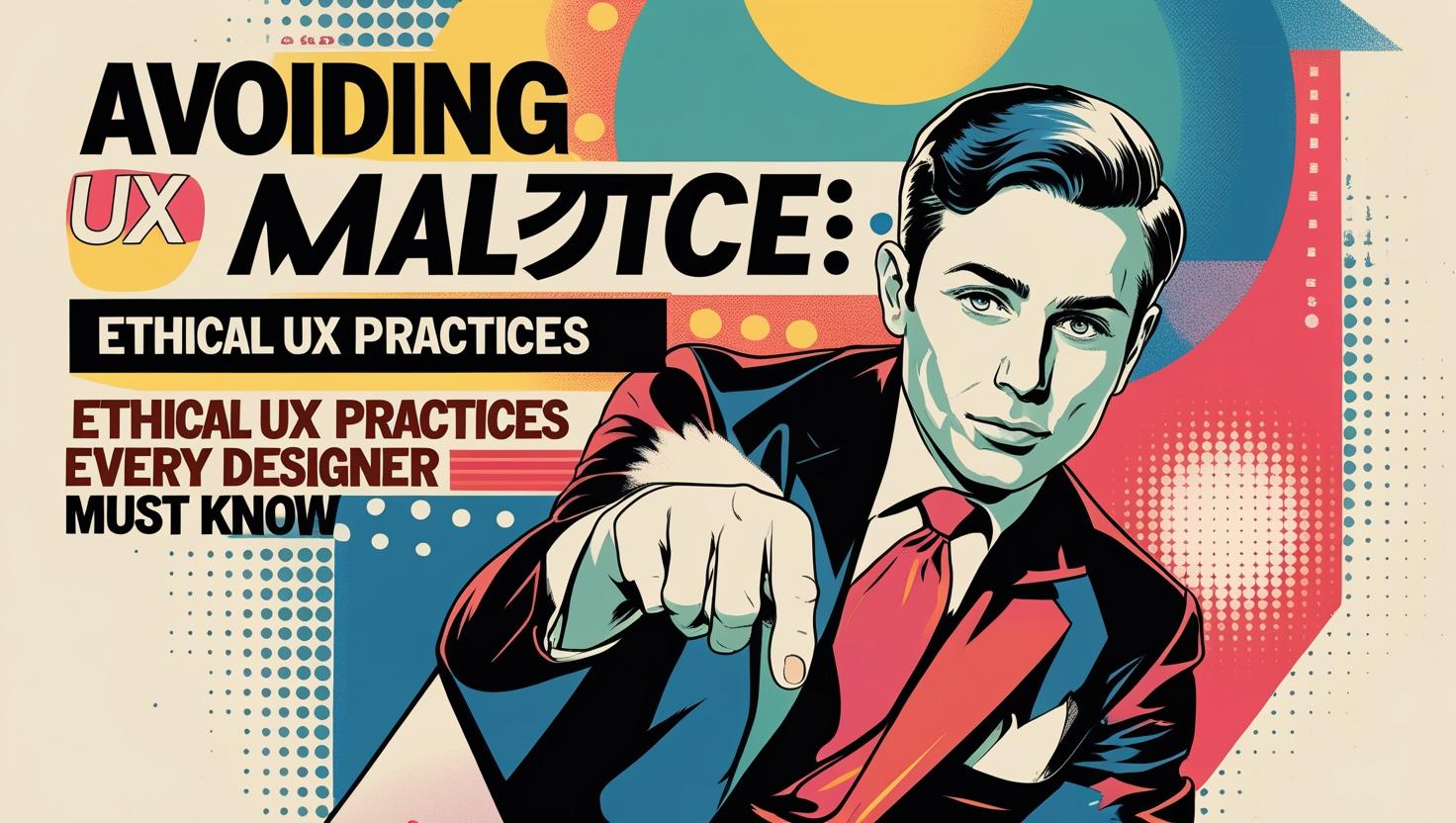The consequences of UX malpractice go far beyond a clunky interface or a confusing navigation menu. Poor design choices can mislead users, damage trust, and cause lasting harm to your brand. That’s why understanding UX design ethics, and knowing how to prevent UX mistakes, has become essential in creating responsible, user-first products.
In this article, we’ll explore how harmful design decisions often happen, why poor user experiences still persist, and what designers can do to uphold integrity and usability in their workflows.
What is UX Malpractice?
Defining the Problem
UX malpractice isn’t just bad design — it’s when a product knowingly or negligently causes negative outcomes for users. It can result from rushed timelines, stakeholder pressure, or even misguided assumptions about user behavior.
Common examples include:
- Dark patterns that trick users into actions
- Over-complicated flows that frustrate users
- Hiding opt-out options or clear consent pathways
- Designing for business metrics over user needs
While not always intentional, these choices create poor user experiences and erode trust.

The Cost of Harmful Design Decisions
Every negative user interaction chips away at loyalty. Repeated exposure to confusing interfaces or manipulative design patterns can lead users to abandon a product entirely. Even worse, the damage isn’t limited to user loss — reputational harm, negative reviews, and even regulatory scrutiny can follow.
Long-Term Risks of UX Malpractice:
- Higher churn and lower retention
- Increase in support tickets and complaints
- Declining brand credibility
- Potential legal issues (especially in privacy and accessibility)
To avoid these pitfalls, designers must adopt UX design ethics as a foundational mindset — not an afterthought.
How to Prevent UX Mistakes
Build Ethically, Test Constantly
Designers have the power to shape behavior — but with that power comes responsibility. By integrating ethical thinking into every phase of your process, you can proactively avoid UX malpractice and its consequences.
Key Practices to Prevent Harm:
- Start with user empathy: Base design decisions on real user needs and behaviors.
- Validate assumptions with research: Avoid designing in a vacuum.
- Prioritize accessibility: Ensure your product works for all users.
- Document ethical red flags: Create team-wide awareness of what to avoid.
- Test early, test often: Continuous testing catches problems before they scale.
If you’re designing a product and want a professional, user-centered approach, platforms like Webie offer tailored UX solutions that align business goals with human needs.
Why UX Ethics Should Guide Every Project
More Than Just Aesthetics
Great design isn’t just beautiful — it’s responsible. Ethics in UX ensures that digital experiences are not only intuitive but also respectful and transparent. It also creates alignment between users, designers, and businesses, preventing shortcuts that could backfire.
In fact, as discussed in our article Design as Governance, design decisions carry weight beyond usability — they shape the very rules of interaction and trust.

Encouraging a Culture of Responsible UX
UX is a Team Sport
Preventing UX malpractice requires more than just individual awareness. It needs buy-in from teams, stakeholders, and leadership. That means educating others about the risks of harmful design decisions, advocating for ethical processes, and creating workflows that balance speed with user safety.
Promote Ethical UX by:
- Hosting internal design audits
- Creating “dark pattern” blacklists
- Rewarding user-first thinking in KPIs
- Including ethics checklists in design sprints
When UX is viewed as a shared responsibility, the risk of harmful outcomes drops significantly.
Final Thoughts: Building Better by Design
Avoiding UX malpractice is no longer optional — it’s a standard of care. As users become more informed and vocal, the demand for ethical, honest, and inclusive design will only grow.
By avoiding poor user experience traps and committing to UX design ethics, designers can build products that not only perform but also earn trust.
And if you’re looking to upgrade your UX strategy or redesign your product for impact, Webie can help guide your team through user-first solutions built to last.
Let’s design with care — because how we build matters just as much as what we build.



























Leave a Reply